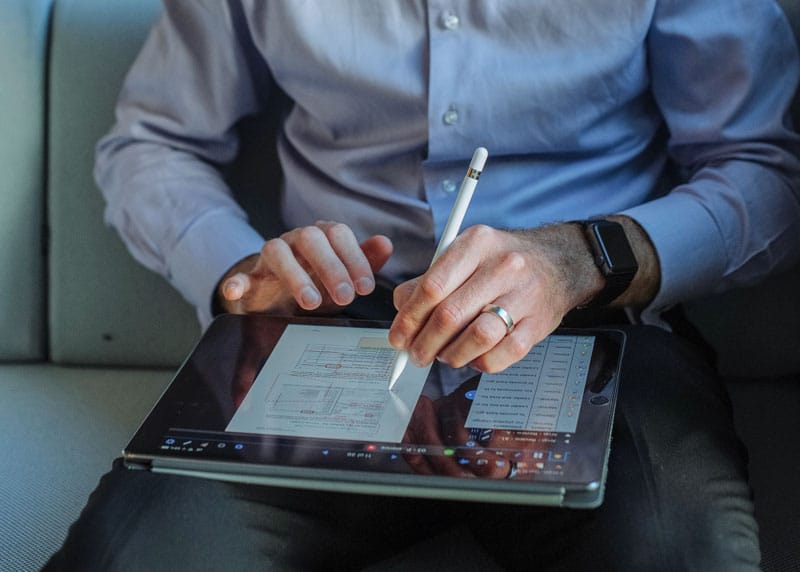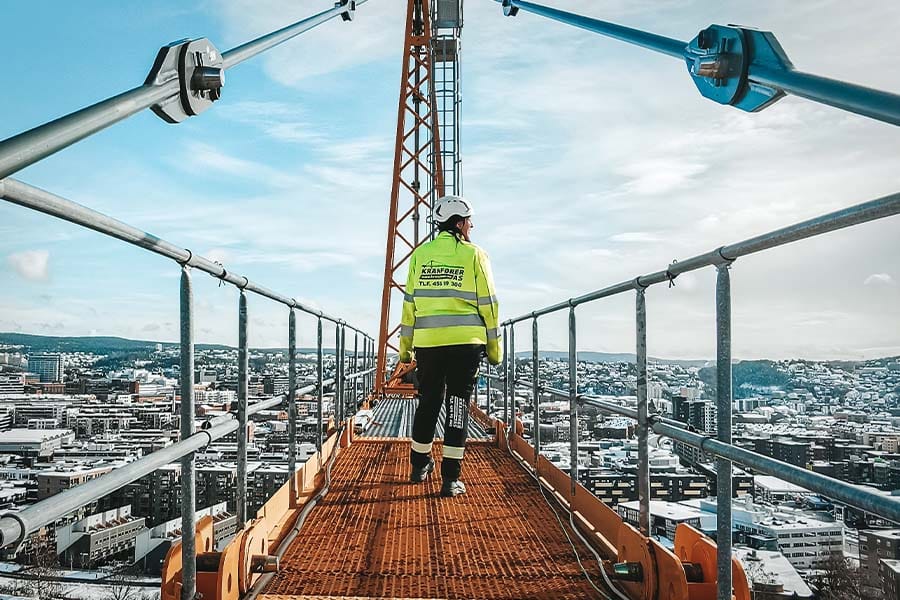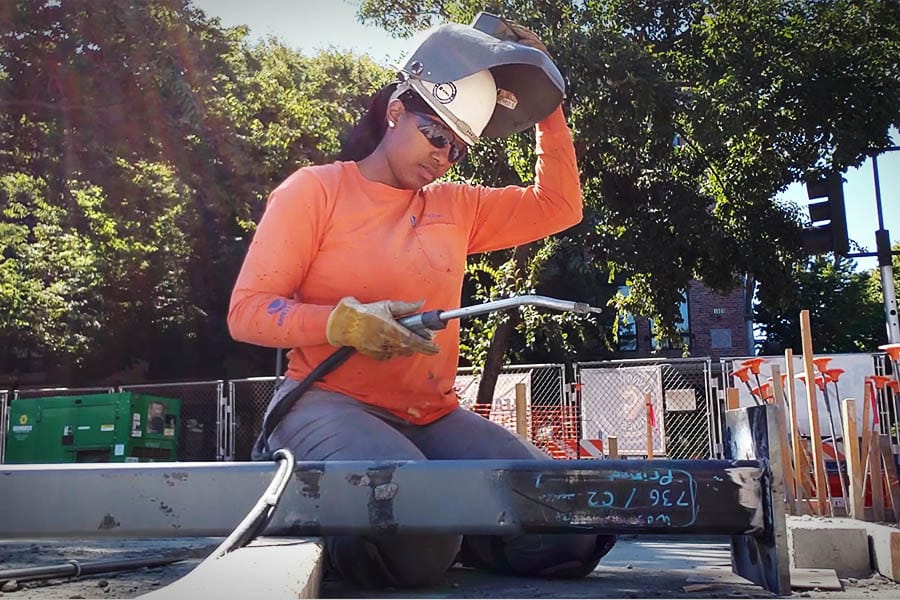Environment has long been considered to have a direct impact on human behavior. The general sentiment that follows is that, “To change your behavior, you must first change your environment.” To keep employees focused on the work at hand, Arup reshaped their own work environment and dubbed the new way of working as “activity-based working.” “Arup works as a community, regardless of where you are and what you do, and what team you’re in,” says Russell Bunn, regional CAD lead for Arup. “We’re a group that comes in and if someone’s got a question, they ask that question and people proactively seek to help them, without any sort of expectation of return or anything like that.”
Given the culture of information sharing within Arup, a streamlined environment was crucial for the firm’s continued success among the region’s key projects. “Activity-based environment with Arup is very important for us because we work on a really diverse range of projects all across the globe, and, as part of that, we can’t always work from the office,” adds Arup Australia Senior Technician Ben Taylor. “Why that’s really important is that Bluebeam Revu helps us to be able to work from wherever; we don’t need to be face-to-face to effectively communicate with our colleagues, but it’s really critical because we are so big, it helps us to communicate effectively.” Arup Australia Mechanical Building Services Engineer James Cannam agrees. “People are looking for the best space for their employees to work and give them the best experience, and activity-based is really great because it actually enhances collaboration. You come in, you sit in the right environment for the work you want to do on that day, whether you need to sit in a team and work collaboratively or whether you need to focus in a quiet space and write a report. Activity-based is the latest evolution of where commercial offices have gone. It provides real benefits for us as a company.”

Why turn to activity-based working?
With projects like the Sydney Opera House and the Bird’s Nest (Beijing National) Stadium in Beijing, Arup has a long history of completing design-heavy projects that become keynote structures within their respective communities. As technology like Revu has become more available and more suited towards increasing productivity and standardizing processes, having an activity-based approach keeps Arup staff focused on value adds to clients by emphasizing key project aspects and minimizing time spent in document searches or informational scavenger hunts. “We acknowledge the nature of the work that we do, and that having an activity-based workforce is what we need to be able to more effectively complete our projects, and then serve our clients,” declares Russell.
Streamlining the office
The activity-based working approach has benefitted Arup Australia’s office culture as well. “Ultimately, we all work for Arup, whether we’re here in Sydney, or we’re sitting in Los Angeles, or maybe in Poland,” asserts Russell. “It really doesn’t matter. We’re all working for the same company to try and achieve the same thing. In our customised tool chests in Revu, we’ve standardized all our commenting and reporting options so that they can be filtered and selected, and they can be broken down into separate sub-categories as required, across all our major disciplines. The effect that has on our working is that it significantly reduces the amount of time spent collating or sifting through the data that we need to get people to take the next steps and actioning comments from reviews, or to make questions.” This ongoing evolution of activity-based working has already helped Arup become more ecologically savvy as well. “We’ve evolved to the point where we’re now using activity-based working, which is fantastic, says James. “Bluebeam helped us go paperless. We used to have big desks, big A1, A0 drawings sat on your desk you can mark them up. And you can see today, we run the office with a lot less paper. I haven’t got a measurement of what the savings is, but it’s definitely a trend over time. We’ve been using less.”

Redefining the culture of Arup
Activity-based working is also giving Arup a lead on the future. Younger engineers and graduates are already used to working digitally, and in less traditional work environments, making their transition to Arup more feasible. “I think the workplace culture here is something that I really enjoy. Especially as a graduate,” explains recent graduate Henna Chapman. “Activity-based working seems like a direction that a lot of companies are going in, and the whole idea of having a laptop and being able to sit wherever you want is something that kind of just comes naturally to me.” Technology within construction has been a key factor in attracting new talent, and Ben feels that Arup has benefitted by being an innovative company in technology. “Some of the digital transformations that we’ve been pushing have been incredibly helpful in attracting the kind of talent that we want at Arup. People that are hungry for more, that don’t accept the way we’re currently doing things is always the best, and they strive to try something new.”
Results and the future of activity-based working
“Within the state of engineering in Australia, there’s a real skills gap in acknowledging the effectiveness and the importance of updating everyone’s old procedures with digital methods and actually improving and updating what we did do, as well as what we can do now with all the new technologies that are available to us,” suggests Ben. “It’s showing people that the way they’ve done things in the past is not the laurels that they should rest on, and that if you don’t change and adapt with some of these new technologies and options such as Bluebeam Revu, you’re going to fall way behind.”















